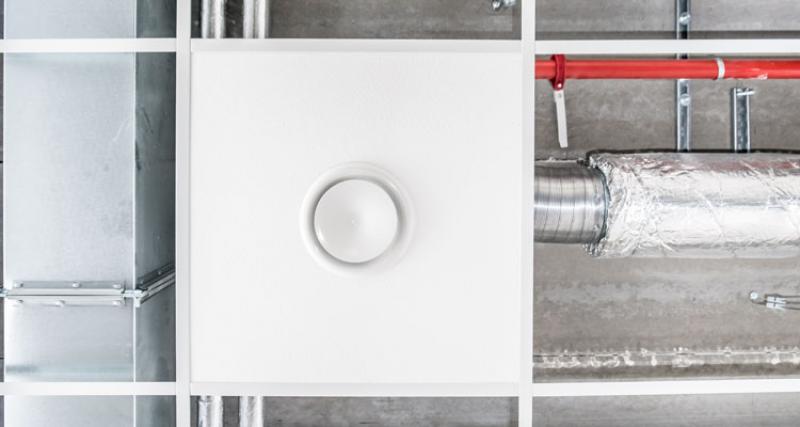The following provides guidance about the application of AS 1170.4 and in particular the required performance of certain non-structural building elements (including walls and partitions; ceilings and services) to resist earthquake forces.
Earthquake impacts
During an earthquake, the performance of non-structural building elements may significantly impact the level of risk posed to building occupants, both directly and indirectly.
In addition to potentially causing injury through collapse, poorly or unrestrained non-structural elements can rupture pipework (which may lead to failure of a fire sprinkler system), short electrical equipment (which may start a fire) and block exit paths.
The collapse of non-structural elements may also compromise the structural elements of a building, rendering the building un-occupiable and resulting in significant repair costs and lost productivity.
Earthquake Provisions for Class 2-9 buildings
NCC Volume One contains a Performance Requirement (BP1.1) that requires Class 2 to 9 buildings to perform adequately under all reasonably expected design actions, including earthquake actions. The corresponding Deemed-to-Satisfy (DTS) Provision for earthquake actions is B1.2, which references AS 1170.4 Structural design actions – Earthquake actions in Australia.
Section 3 of AS 1170.4 applies a hazard design factor to all regions of Australia. This requires earthquake loads to be considered in the design of any building irrespective of where it is located.
Compliance with AS 1170.4
For Class 2-9 buildings, Section 8 of AS 1170.4 provides information about certain non-structural building parts and components that would need to be designed to resist horizontal and vertical earthquake forces.
These parts and components include:
- Walls that are not part of the seismic force resisting system.
- Appendages including parapets, gables, verandahs, chimneys and the like.
- Partitions.
- Ceilings.
- Mechanical and electrical components including smoke control systems, fire suppression systems, boilers, escalators, transformers and the like.
Therefore, in order to comply with AS 1170.4, the design of the above parts and components must be carried out for earthquake actions by one of the methods provided in Section 8 (i.e. using established principles of structural dynamics, or using the general or simplified methods expressed in Clauses 8.2 or 8.3 of Section 8).

Earthquake Provisions for Class 1 buildings
For Class 1 buildings, provisions for seismic design are contained in Appendix A of AS 1170.4. Generally, Class 1 buildings designed and detailed for lateral wind forces in accordance with the relevant material standard (e.g. AS 1684 or AS 3700) are considered able to also resist earthquake forces. However, unreinforced masonry elements in particular, including gable ends, chimneys and parapets, must be designed to resist an additional horizontal racking force, as specified in Appendix A.
Want to know more?
Access the NCC to see the full details of the Volume One and Two requirements. Login or register today.